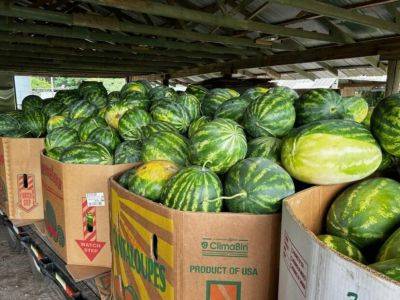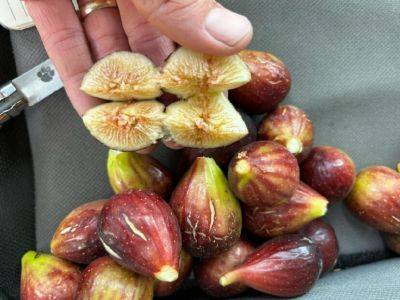Zack Snipes
SC Fruit and Vegetable Field Report May 10, 2021
24.07.2023 - 12:13 / hgic.clemson.edu
Rob Last reports, “Following some hail events last week, we find some shredded leaves in cucurbits and some small fruit crops. Strawberries continue to develop well, with isolated incidences of gray mold being seen. Sanitation is one of the critical methods for managing gray mold along with fungicide applications. Thrips are also beginning to be observed. Blueberries in the area are being harvested with good quality fruit. Keep a close eye on scouting for insects. Spider mites are still active in many crops. Cucumber beetles continue to increase as they are migrating from overwintering sites. Many populations are at or very close to the threshold of five adult beetles per plant.”
Zack Snipes reports, “The word in the field right now is…boring. We have had mild temperatures and not much rain, so there isn’t a whole lot of disease in the fields right now. I saw the first tomato plant casualties to Bacterial wilt earlier this week. There isn’t anything you can do if you see this disease at this point. Take notes on what varieties and where you see the wilting to help with the issue next year. We have a good fruit set on the tomato crop. We are seeing heavy volumes of squash and zucchini being picked right now. Melons are blooming in some places and in more coastal areas are sizing up.”
Justin Ballew reports, “Last week was a tough week for strawberries. We had a couple of heavy rain events, one of which brought hail with it. Several crops suffered torn leaves from the hail, including strawberries, brassicas, and cucurbits. We had a lot of water damaged berries which have kept growers busy sanitizing. We are seeing higher amounts of disease since the rain, including botrytis and a little bit of anthracnose fruit rot. Cyclamen
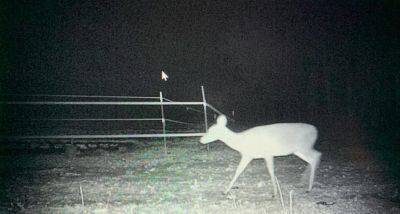
SC Fruit and Vegetable Field Report – January 25, 2021
Rob Last reports, “Strawberry crops in the area are looking good with good crown development. We are seeing open flowers and some fruit set based on warmer conditions. These crops are cause for some concern as we are likely to see damage from forecast cold snaps. There is evidence of botrytis (gray mold) in crops on cold damaged flowers and fruit. Sanitation can really help to mitigate the spread of the disease. Spider mites remain active and in places are requiring treatment. Remember to avoid pyrethroids for mite control as these can flare mite populations.”
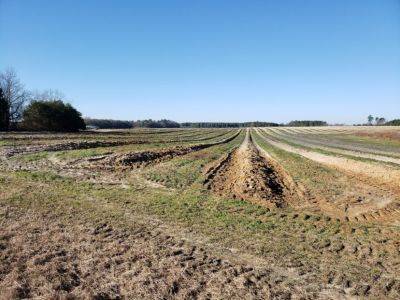
SC Fruit and Vegetable Field Report January 4, 2021
Happy New Year! We hope everyone had a great holiday season and is off to a good start in 2021. We have several virtual grower meetings coming up over the next two months, so keep an eye on the “Upcoming Events” page for info. Also, don’t forget the Southeastern Regional Fruit and Vegetable conference kicks off virtually this week, and it’s not too late to register.
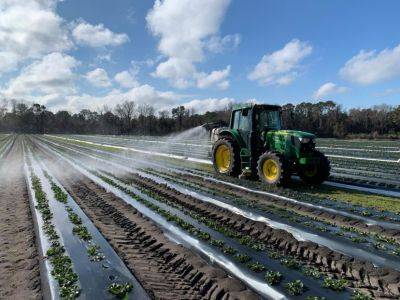
SC Fruit and Vegetable Field Report January 19, 2021
Dr. Matt Cutulle reports, “Burndown herbicide efficacy can be reduced in colder weather, especially systemic products such as glyphosate (Reduced translocation in the cold means herbicide does not move through the plant as much).”

SC Fruit and Vegetable Field Report January 11, 2021
Rob Last reports, “Vegetable crops are growing out of the impacts of frost well. There is active Alternaria in places on brassica crops. Insect activity in vegetable crops in the area remains low. Strawberry crops are moving well, with a few spider mites and aphids being observed. Remember, if mite treatment is needed, use a specific miticide to target the pest to avoid flaring populations. If you need a second pair of eyes to help scout, then please give me a shout.”
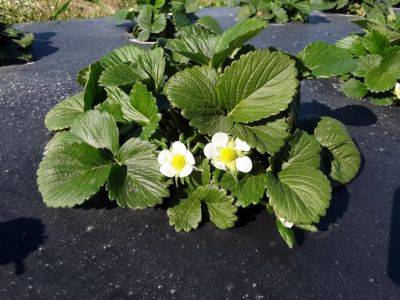
SC Fruit and Vegetable Field Report March 1, 2021
Rob Last reports, “Following a few days of warmer conditions, crops are moving on strongly. Flowering and fruit set is occurring in strawberry crops. At present, spider mites in treated crops are at very low populations, but with warmer weather, populations can increase rapidly. As we are entering flowering and fruit set, sanitation and fungicide applications will be required to keep gray mold managed. Remember to rotate FRAC codes to avoid resistance build-up. Fertigation is being applied, and it will be well worthwhile taking a tissue test from crops. Blueberries in the area are showing bud swell with early varieties showing open flower.”

SC Fruit and Vegetable Field Report- May 17, 2021
Zack Snipes reports, “Everything is progressing nicely in the Lowcountry. We got some much-needed rain last week. Temperatures have been cool, so things are somewhat slow from a developmental standpoint. All the crops look great, especially the tomato crop. We have a really nice fruit set and very little disease. I am expecting to see bacterial spot to show up sometime soon and have been getting a few calls about bacterial wilt taking down plants. I’ve also gotten a few calls about blossom end rot. That is typical on the first fruit set and will usually correct itself provided there is ample calcium in the soil AND the soil moisture is consistent. In our sandy soils, the main cause of blossom end rot is allowing the soil to dry out during the fruiting stage. Folks might want to consider multiple 30 minute to 1-hour irrigation cycles on tomatoes per day.”
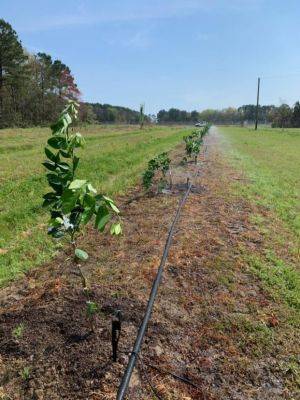
SC Fruit and Vegetable Field Report March 29, 2021
Rob Last reports, “Strawberry crops continue to develop well with sustained flowering and fruit set. Early crops are ripening well, with crops coming to market. Just a note of caution, the weather last week can be conducive to gray mold development; fungicide programs will be key. Thrips are active in some crops, so keep scouting. Melon transplants are going in the ground over the last week, with development looking very promising. Peaches in the area are all but finished flowering with a great fruit set. Finally, as we are looking at a cooler week for flowering fruit crops, keep an eye on the forecasted temperatures to determine if any protection will be required. Fruit and closed buds can tolerate cooler temperatures than flowers, but damaged flowers can increase gray mold development.”
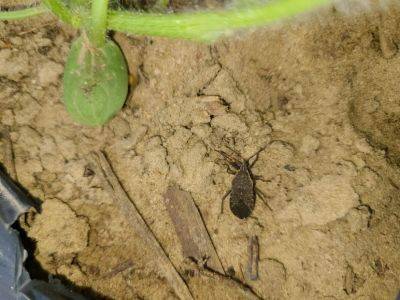
SC Fruit and Vegetable Field Report – May, 3, 2021
Rob Last reports, “Botrytis (gray mold) is evident in places following rainfall. Sanitation and removal of the infected berries are critical to reducing inoculum loading. Fungicide applications will also be required to prevent spore germination and further spread of the disease. Where spider mite treatments have been applied, they have effectively reduced the populations but will still require scouting and monitoring. The yields achieved are very good. Cucurbit crops continue to develop well with a low incidence of chill injury from the cooler temperatures observed on April 21/22. Crops are running well, with some flowering being observed. Cucumber beetles are being monitored, and a few aphids are present in places. Cucumber beetles observed are currently below the threshold of 5 beetles per plant. Squash bugs are also being found on some sites. Careful monitoring will be required because numbers can increase rapidly. Crops are free from disease; however, protectant fungicides are still a critical input. Blueberries are swelling well and beginning to blush. Blackberries are flowering with excellent fruit set and bud formation. Spider mites have been evident in these crops, too; however, miticide applications are proving very effective.

SC Fruit and Vegetable Field Report. – April 19, 2021
Zack Snipes reports, “We had some nice weather last week. The tomato crop is looking great, as are most of our cucurbits and greens. I am seeing increased caterpillar pressure across the area. We had several calls from across the state early last week about sunburned strawberries. We went and visited the farms and tried to rule out disease, frost damage, etc. The only thing we came up with is some sort of sunburn damage. The damage was most prevalent on the southern facing sides of beds where there was poor canopy coverage. I also saw damaged tissue on tender lettuce, in my citrus plots at the CREC and on some new shoots of ornamentals at my house. I checked the solar radiation at the weather station at the CREC, and the units (W/m2) were 300-500 units higher on Monday compared to the prior 4 days. Perhaps we had intense UV levels and higher temperatures that led to this damage? Here is a really great article on the types of sunburn on plants and fruit.”
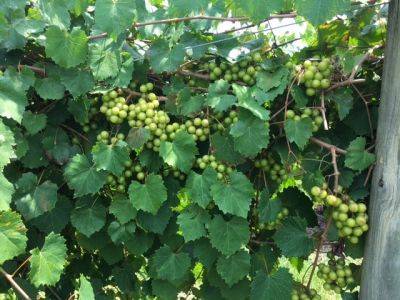
SC Fruit and Vegetable Field Report – July 26, 2021
Zack Snipes reports, “We are in a summer weather pattern with warm, muggy days and occasional thunderstorms. Most crops have finished up or are in the process. Now is a great time to sit down and do some crop planning and field rotation planning. I collected many soil and root tissue samples lately and had them analyzed for nematodes. I was surprised at how many nematodes were present in the fields. Nematodes can interfere with growth, cause stunting, and lower overall yields. Sometimes the symptoms of nematodes can be very discrete, so sampling right now is the best way to get a baseline of your populations and how to properly manage and rotate fields. If left unchecked, thousands of dollars are wasted before the first seed is planted into a field.”
